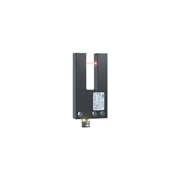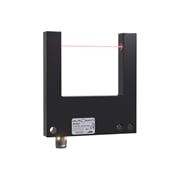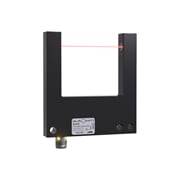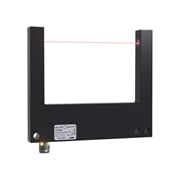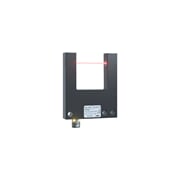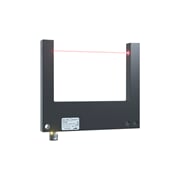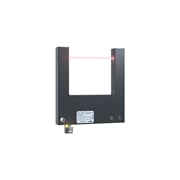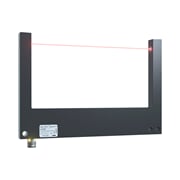Photoelectric fork sensors
With photoelectric fork sensors, the transmitter and receiver are located in the two ends of the housing and detect objects within the fork range. Thanks to the torsion-resistant housing, the device is always faultlessly aligned and functions perfectly, even with temperature fluctuations and mechanical stress. articularly suitable for small thin objects. Read more here
Photoelectric fork sensors
All items of the category Photoelectric fork sensors:
How photoelectric fork sensors work
Photoelectric fork sensors from autosen work on the basis of optical through beam sensors. Transmitter and receiver are located at both ends of the fork-shaped housing respectively. The detection range is within the fork opening. Transmitter and receiver need not be adjusted because both elements are stationary installed and aligned, thus rendering installation very simple. The buckling resistant housing ensures optimum alignment of transmitter and receiver even under temperature fluctuations and mechanical stresses. The detection of small objects up to the width of 0.4 mm is possible depending on the sensitivity of the receiver. The sensitivity of the photoelectric fork sensors is easily adjusted using a potentiometer.




